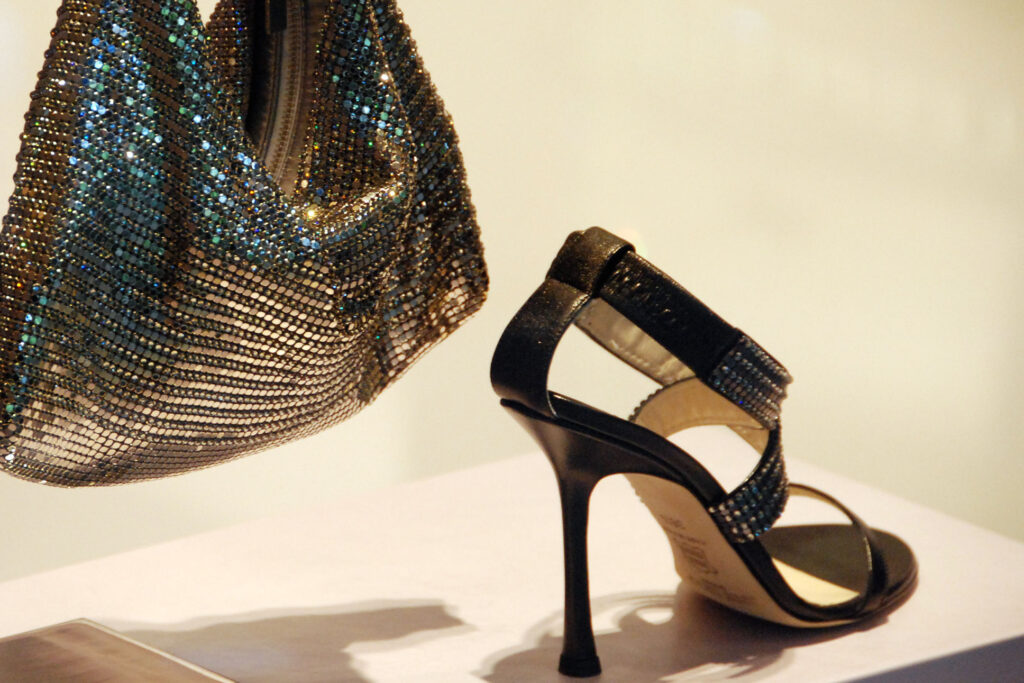Faking it in fashion

Counterfeiting has been a persistent issue in the fashion industry since the emergence of, well, fashion itself. Mass-market replicas regularly deceive unsuspecting consumers. To combat this problem, fashion brands have turned to artificial intelligence (AI) technology. These powerful tools can identify and take action against fraudulent retailers. AI counterfeiting detection operates by leveraging machine learning algorithms. AI can analyze various data sources such as images, text, and video to detect subtle differences between genuine products and counterfeits. It can even extend its analysis to digital data such as hidden serial numbers, fixed purchase orders, and transparent payment information to identify any discrepancies and determine if the products are original or counterfeit.
The impact of counterfeiting
Anti-counterfeit technology faces an ongoing battle to stay one step ahead of the counterfeit market. The market is estimated to be valued at $1.7 to $4.5 trillion according to Forbes. The concept of counterfeiting sounds relatively harmless; counterfeiters are simply providing similar products without the arbitrary cost of name brands. However, it is estimated that around 2.5 million jobs are lost yearly due to counterfeiting. Fraud and counterfeiting in the fashion industry creates a measurable and significant drain on the economy. Additionally, the largest markets for counterfeits tend to be Asian countries like China, and involve a high degree of IP theft.
AI Counterfeit Detection:
Fraudsters and counterfeiters are becoming increasingly sophisticated. Because of this, AI-powered fraud detection software will become essential for a wider range of fashion products. This will continue to increase as Generative AI breaks into every aspect of the industry. The sheer scale of the task make it nearly impossible for humans to handle, requiring thousands of hours of manpower. Researchers anticipate that AI techniques like generative adversarial networks and transfer learning, can expedite the process. Integrating this would save time and resources overall. This presents a win-win situation for fashion brands, as they can simply enlist the services of AI-powered fraud detection vendors by paying a certain fee to protect themselves against massive sales loss.
Generative AI is great at assisting in brand protection. First, it expands the ability of a security team to analyze purchasing behaviors, identify suspicious sales, and to automatically identify scalpers or fakers. Next, generative AI has great potential to scan and properly identify authentic products, something which can vex authenticators. Currently it can be difficult to intercept realistic looking fakes before sales, and even harder to recall fake products. And finally, AI’s use in supply and distribution logistics enables sellers to keep a close eye on where items are, how many there should be, and to whom they are being sold. This logistics boost expands the capacity of these companies to defend their intellectual property.
Counterfeit vs AI Counterfeit detection: The new arms race
In summary, the integration of generative AI into the fashion industry will give companies powerful new tools to combat rampant counterfeiting, fraud, and IP theft. AI algorithms work as force multipliers, enabling companies to invest far more heavily in efficient, low manpower, methods to detect, prevent, and prosecute counterfeiters. While the industry gained new tools, the competition between counterfeiters and brand products will continue to escalate in this new form of the Cold War.

Leave a Reply